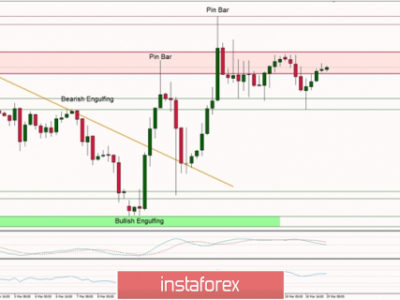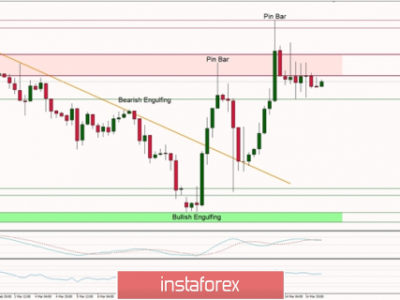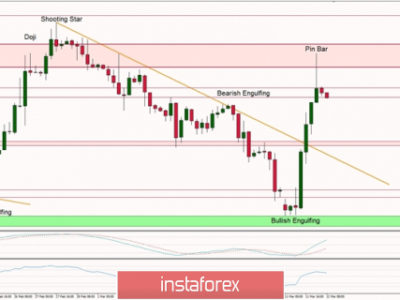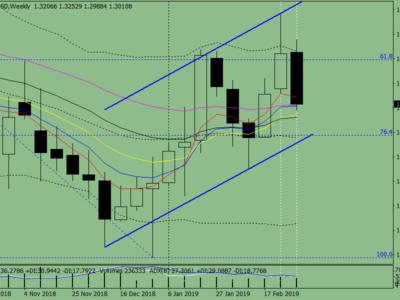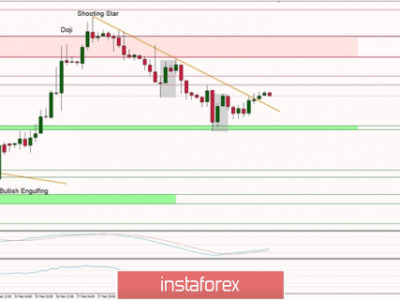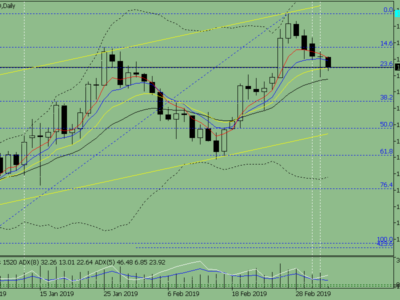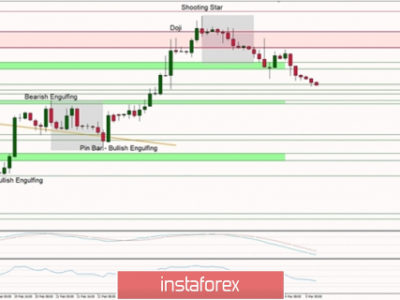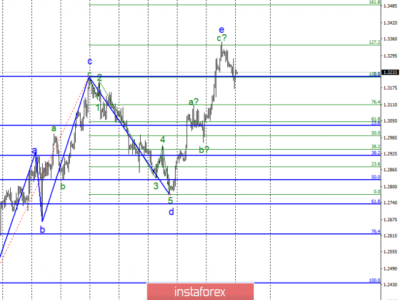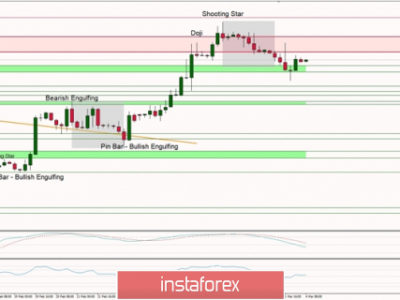The pound refuses to stabilise, gold surges on Fed data
As talks between the UK and the European Union over the Brexit terms are approaching, it might not be unexpected by a number of investors that the pound has had decreases for the last six weekly trading sessions in a row. According to recent comments by the UK Prime Minister Theresa May during a Conservative Party conference, she would trigger Article 50 before the end of March 2017. Article 50 is a very basic plan which sets the procedure for any country to follow should they wish to leave the European Union, and it might take a number of years for the parties to agree on a large number of points before UK’s EU membership no longer exists.
Foreign investment amounts into the UK markets are declining in parallel to the Brexit talks between the UK an EU, while London’s fascinating property market might encounter a steep decline in activity. Pro-Brexit political parties have been envisioning a free access to European markets possibly without the parallel free labour movement. However, this might be difficult to achieve given that other European countries with no EU membership have to abide to EU employment regulations in order to be able to access EU markets.
The declining of the 10-year UK bond yields can also be seen as evidence that the deteriorating value of the pound is having an adverse effect on UK inflation as hard Brexit is now a possibility. That in turn could cause bond yields to decline into negative territory while additional monetary stimulus by the Bank of England would weigh even more on the pound’s performance.
The GBP/USD maintained its downwards trend during the last week with succeeding daily declines. On Tuesday alone, it fell at some point by 2.1% while on a weekly basis the currency pair’s rate was trimmed by 2%.
In contrast to the British pound, gold’s price moved higher on Thursday following the release of the Federal Reserve (Fed) meeting minutes. According to the report, the Federal Open Market Committee (FOMC) members expressed their opinion that there would be a need for a rate increase, but first there has to be more evidence of the labour market’s strengthening and also improvement on inflation. The Fed’s next meeting will be held during the first two days of November but there are no solid expectations that there will be a decision for an interest rate increase at that meeting.
Gold’s price surged on Thursday following the Fed meeting minutes’ release by as much as 0.6% and ended the day’s trading with a 0.2% increase. However, the following day the yellow shiny metal erased all of Thursday’s gains as it slipped by 0.5%. On a weekly basis, gold’s rate was decreased by 0.7%.
Maintaining the interest rates at low levels is preventing the US dollar for increasing in value, and therefore increases demand for dollar-denominated commodities such as gold. But as the US elections are approaching, the US dollar might become more volatile and so traders following the price of gold might find some golden opportunities to place their positions.
http://www.wsj.com/articles/gold-climbs-on-weak-chinese-trade-data-1476370185
http://www.marketwatch.com/story/gold-prices-find-some-traction-as-fed-minutes-pack-few-surprises-2016-10-13
The post The pound refuses to stabilise, gold surges on Fed data appeared first on Forex.Info.
Source:: The pound refuses to stabilise, gold surges on Fed data

